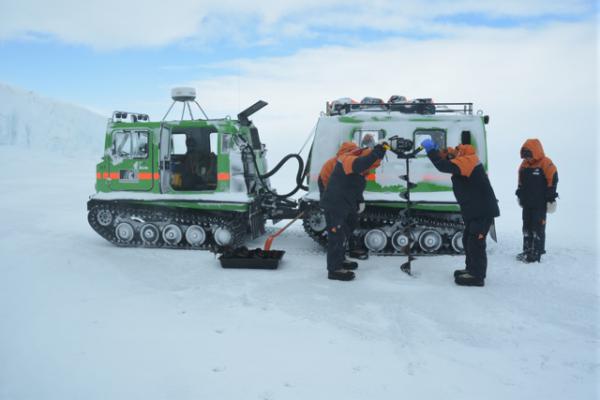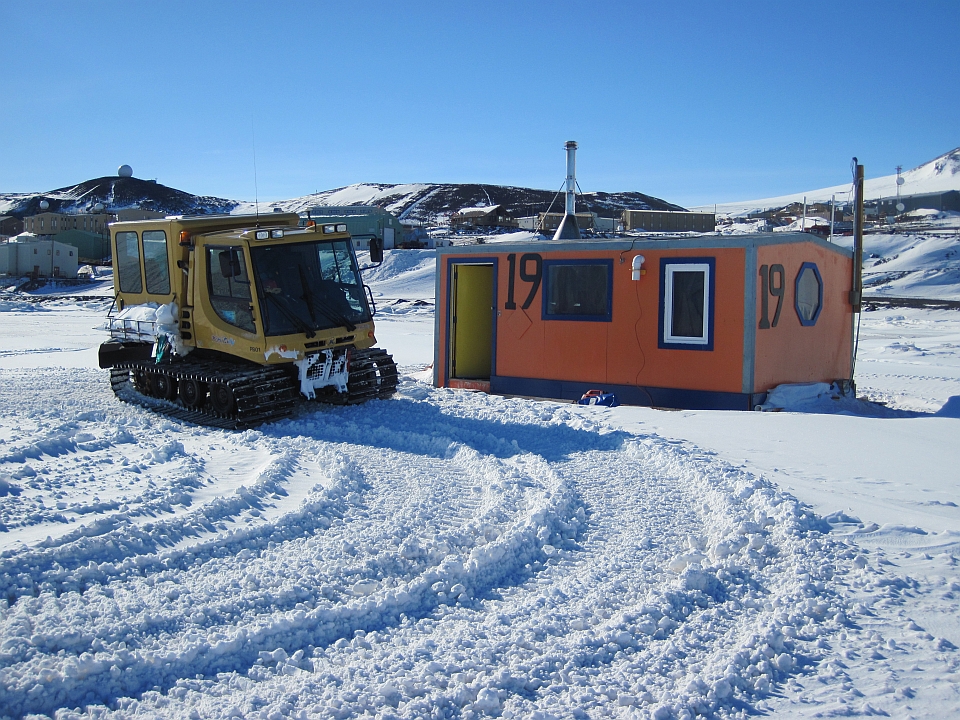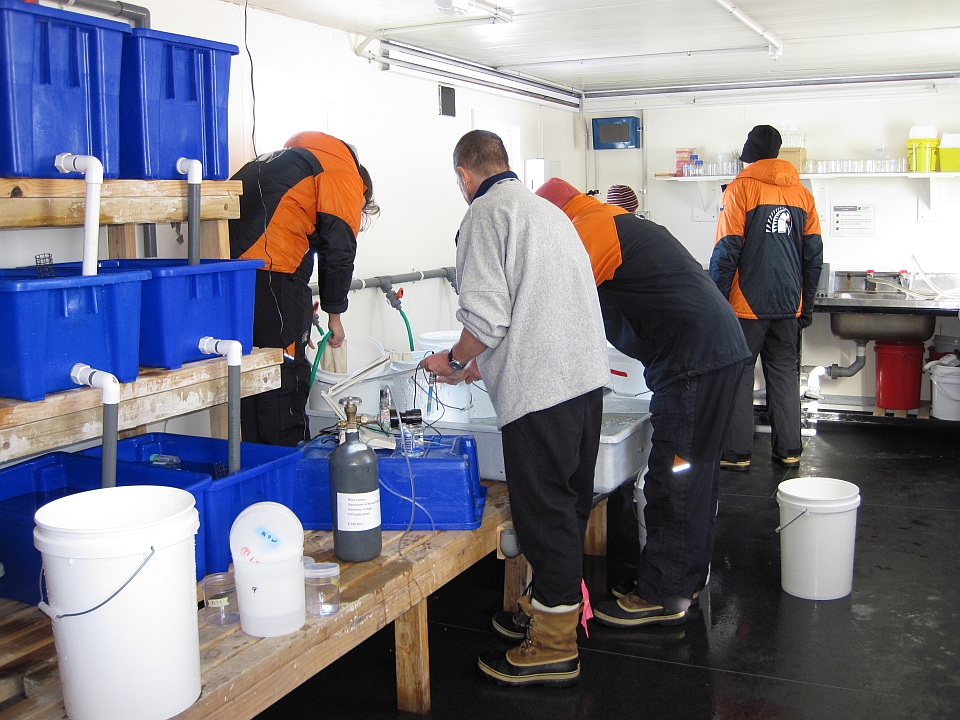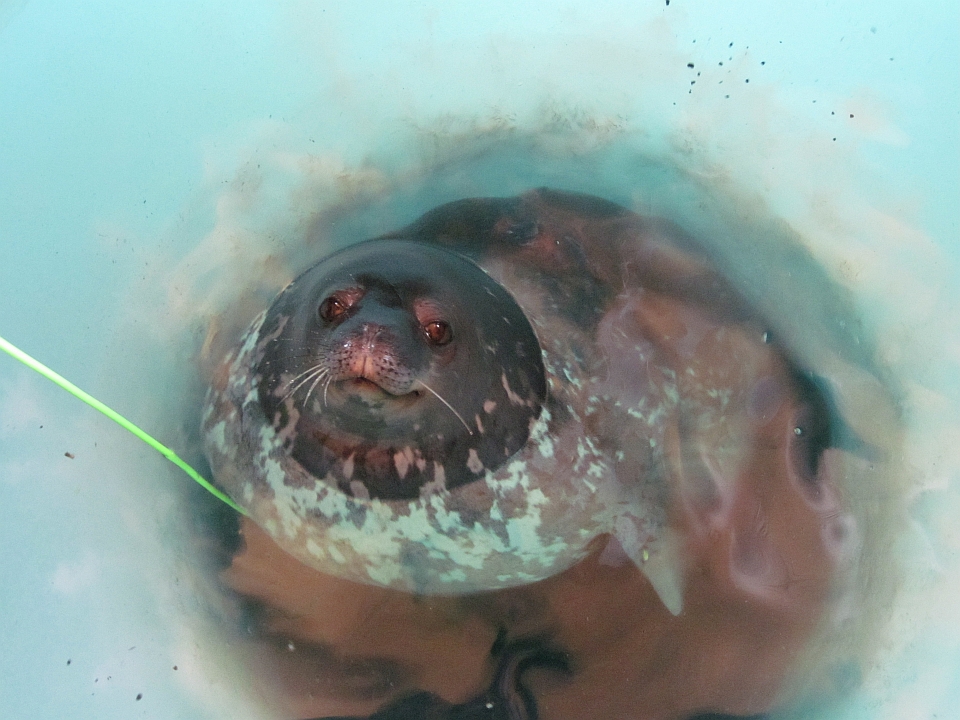You can contact LEARNZ, part of CORE Education, at:
Postal Address:
PO Box 13 678,
Christchurch 8141,
New Zealand
During this field trip you will be following scientists as they collect samples of sea ice microbes and how much of a food source they are for fish, penguins and seals.
Stephen Wing from Otago University in Dunedin will be leading a group of scientists and graduate students who will be working in Antarctica to find out more about Sea Ice Microbial Communities (SIMCO) and how much they add to the marine food web in terms of food (energy).
The aim of this project is to find out if plants living on sea ice are needed for food by animals living in or near the sea. Then work will be done to see if this food is important to fish which penguins and seals rely on.
To find out how sea ice microbes fit into the Antarctic food web scientists need to be able to trace how much of this plant life is eaten by different animals and how much of their energy comes from these plants. Scientists are also interested in how this changes as the amount of sea ice changes.
Using chemistry
Scientists need to show what happens to the plant life growing in sea ice. Using chemistry, scientists can measure the amount of a special kind of carbon (carbon 13 atoms). These atoms only show up in plants growing on sea ice. This carbon can then be followed or tracked to see how much ends up as food for animals such as fish, penguins and seals.
What will the scientists do in Antarctica?
Past research shows that SIMCO (the sea ice microbial community) is an important source of food for animals living below the sea ice in McMurdo Sound in Antarctica.
The 2014 scientists will be looking at the marine food web under the sea ice. They will use chemistry to track the amount of energy (food) that comes from sea ice microbial communities through to larger animals like penguins and seals.
You will be following scientists as they collect and record samples (gather data) by;
This project is important because it will help us to understand how the amount of sea ice affects the amount of food available for animals feeding below the sea ice.
It will help explain the role of sea ice in Antarctic food webs and how animals may be affected if there is less sea ice due to climate change.

,Scientists drill into the sea ice to collect samples from sea ice microbial communities. Image: Stephen Wing.

,A dive hut protects a hole that has been drilled through the ice in McMurdo Sound to complete research on marine ecosystems. Image LEARNZ.

,Scientists work with samples collected from the field in the Scott Base wet lab.

A Weddell seal pops up through a hole that has been drilled in the sea ice while scientists are collecting samples using a remotely operated vehicle (ROV). What would the benefits of using an ROV instead of diving be?
What challenges do you think these scientists will face? What factors do you think will affect the accuracy of the data they collect?